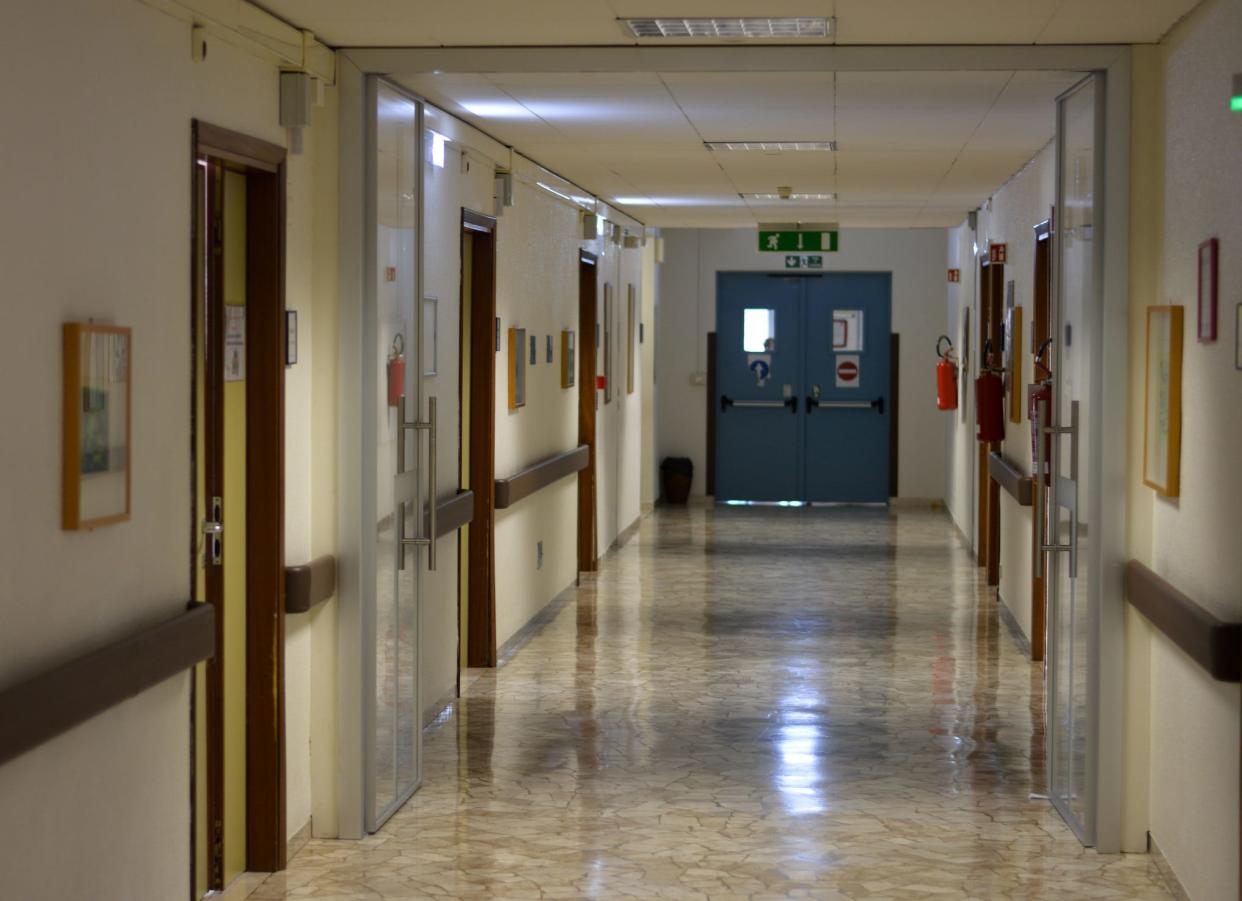Pa. hospital mortality rates have climbed since 2017 for range of illnesses, report shows
Death rates for a range of medical conditions jumped at Pennsylvania hospitals from 2017 to 2022 according to a new report from an independent state agency.
In-hospital mortality rates across the state went up by a statistically significant amount for 11 of 16 conditions tracked by the report, including pneumonia, respiratory failure and stroke.
The largest increase was for sepsis mortality rates, which rose from 9.3% to 11.3% over the period from October 2016 through September 2022.
In addition, these mortality rates increased:
aspiration pneumonia, from 6.6% to 7.8%;
infectious pneumonia, 2.4% to 3.5%;
respiratory failure, 8.9% to 9.8%;
blood clot in the lungs, 2.4% to 3.1%;
stroke, 3% to 3.6%;
acute kidney failure, 2.4% to 3%;
heart failure, 2.4% to 2.8%;
medical management of diabetes, 0.5% to 0.9%;
kidney and urinary tract infections, 0.5% to 0.7%; and
abnormal heartbeat, 0.9% to 1.1%.
Mortality rates didn’t decrease by a statistically significant amount for any of the 16 conditions studied in the report.

Who is compiling this data about Pennsylvania hospitals?
The hospital performance report was released Thursday by the Pennsylvania Health Care Cost Containment Council, or PHC4, an independent state agency dedicated to empowering consumers about the cost and quality of medical care in the commonwealth.
The council’s mission is to “highlight and call attention to important issues, such as the increase of mortality in PA over the last five years,” Barry D. Buckingham, PHC4’s executive director, said in a news release.
Though the newly released report spans the pandemic era, it did not include cases involving a COVID-19 diagnosis. It also excluded hospitals that had recently opened or closed, children’s facilities and some specialty centers.
What about Pennsylvania hospital readmission rates?
On top of the mortality data, the report also found that 30-day hospital readmission rates decreased by statistically significant amounts for a majority of the medical conditions analyzed.
For instance, the readmission rate for people who had suffered from heart attacks dropped from 18.3% to 14.2% over the timeframe covered by the report.
Readmission rates also fell:
heart failure, from 23.4% to 20.6%;
abnormal heartbeat, 13.2% to 10.7%;
acute kidney failure, 19.6% to 17.7%;
chest pain, 13.1% to 11.2%;
medical management of diabetes, 20.4% to 18.7%;
respiratory failure, 22.8% to 21.2%;
intestinal obstruction, 14.1% to 12.9%
kidney and urinary tract infection, 14.9% to 13.9%; and
stroke, 11.5% to 10.5%.
Readmission rates didn’t increase by a statistically significant amount for any of the 17 conditions studied in the report.
This article originally appeared on Beaver County Times: PA hospital report shows death rates climbing for certain illnesses
